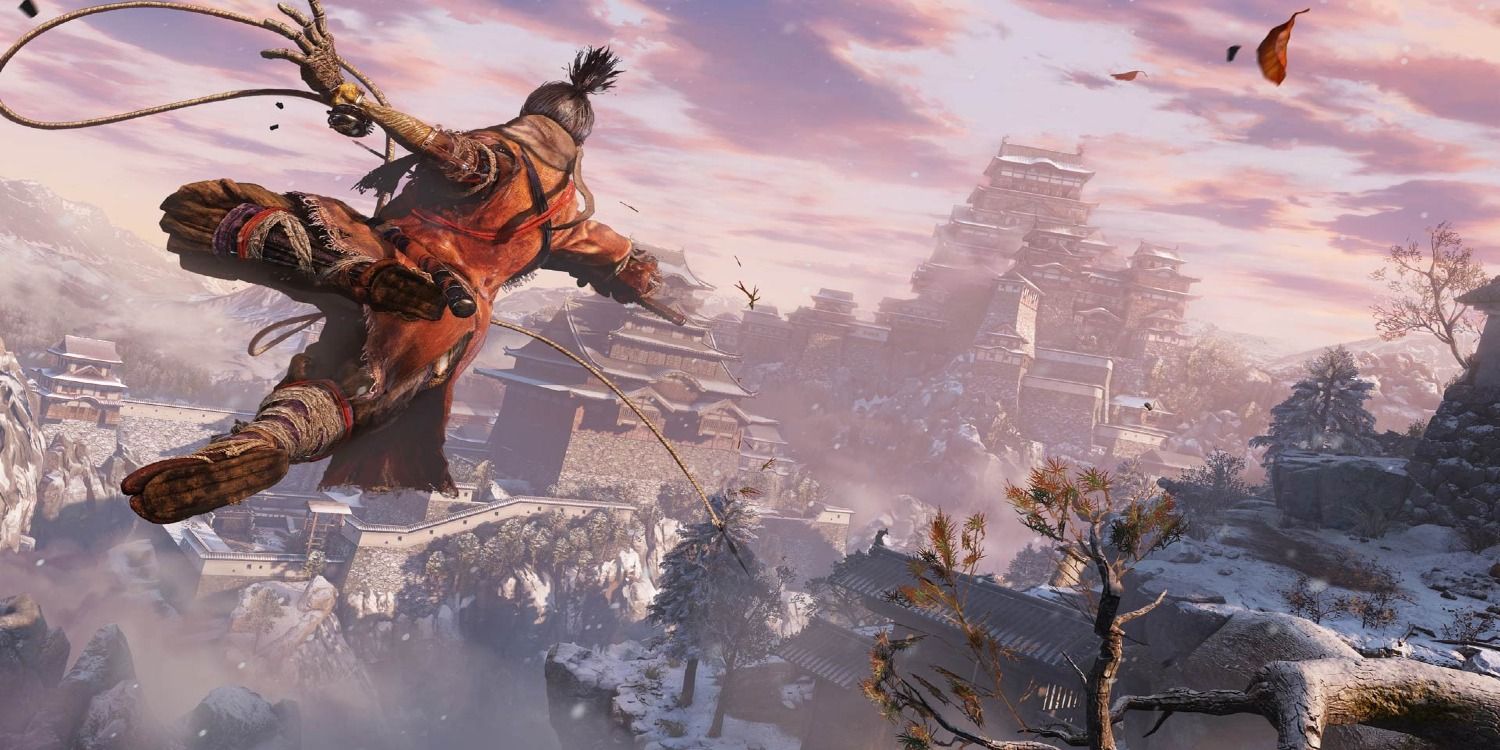
Sekiro: Shadows Die Twice is the most recent original game from the Dark Souls and Bloodborne developer From Software, and while it's completely different from those two games, it does take inspiration from them. Two ways the lauded stealth game is similar to its predecessors is in its length and its difficulty.
RELATED: 5 Reasons Why Sekiro Is Better Than Nioh 2 (& 5 Why It Isn't)
Most games from Triple-A studios will take the average gamer around 20 hours to complete, and oftentimes there are multiple side objectives to engage dedicated players for even longer. Sekiro: Shadows Die Twice follows this standard, but in its own distinct fashion.
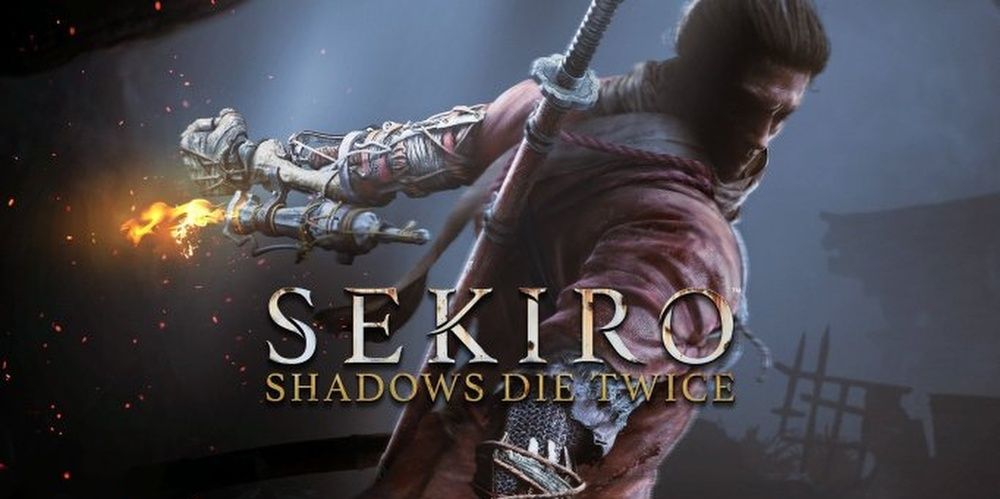
The main campaign for Sekiro: Shadows Die Twice will take the average player about 30 hours to complete, according to the average user-polled times on howlongtobeat.com. Some factors to consider here, though, are the skill of the players who responded to the poll, and your own personal level of comfort with difficult RPGs.
For someone new to the Soulsborne genre, Sekiro: Shadows Die Twice will prove to be one of the most difficult games, and most challenging experiences, of all time. For those who have played Dark Souls or Bloodborne and have a basic background in quick-response combat in games, the 30-hour estimate for the campaign is probably closer to accurate.
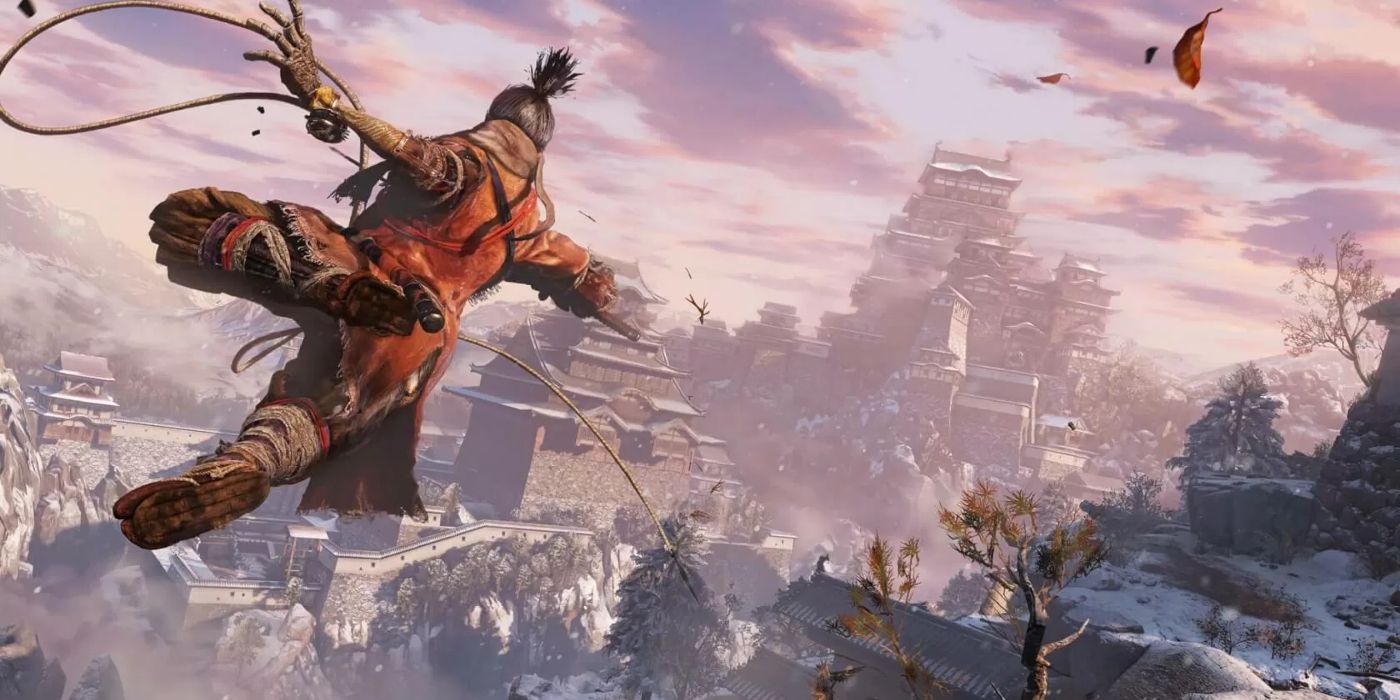
It takes about 30 hours to beat Sekiro: Shadows Die Twice, but that doesn't mean the game is completely over. Players who want to finish the game to 100% completion can expect to take an average of about another 40 hours on top of the 30 required to beat the game, for a total of 70 hours in-game.
RELATED: 15 Best Sekiro Bosses Ranked By Most Satisfying To Beat
To get 100% completion, the player must collect every Gourd Seed and Prosthetic attachment, beat every boss, explore every area, and complete a huge variety of other side missions in Sekiro: Shadows Die Twice. Technically, the game's Platinum Trophy requires even more of an investment, but at that point, one has probably stopped worrying about time spent in-game completely.
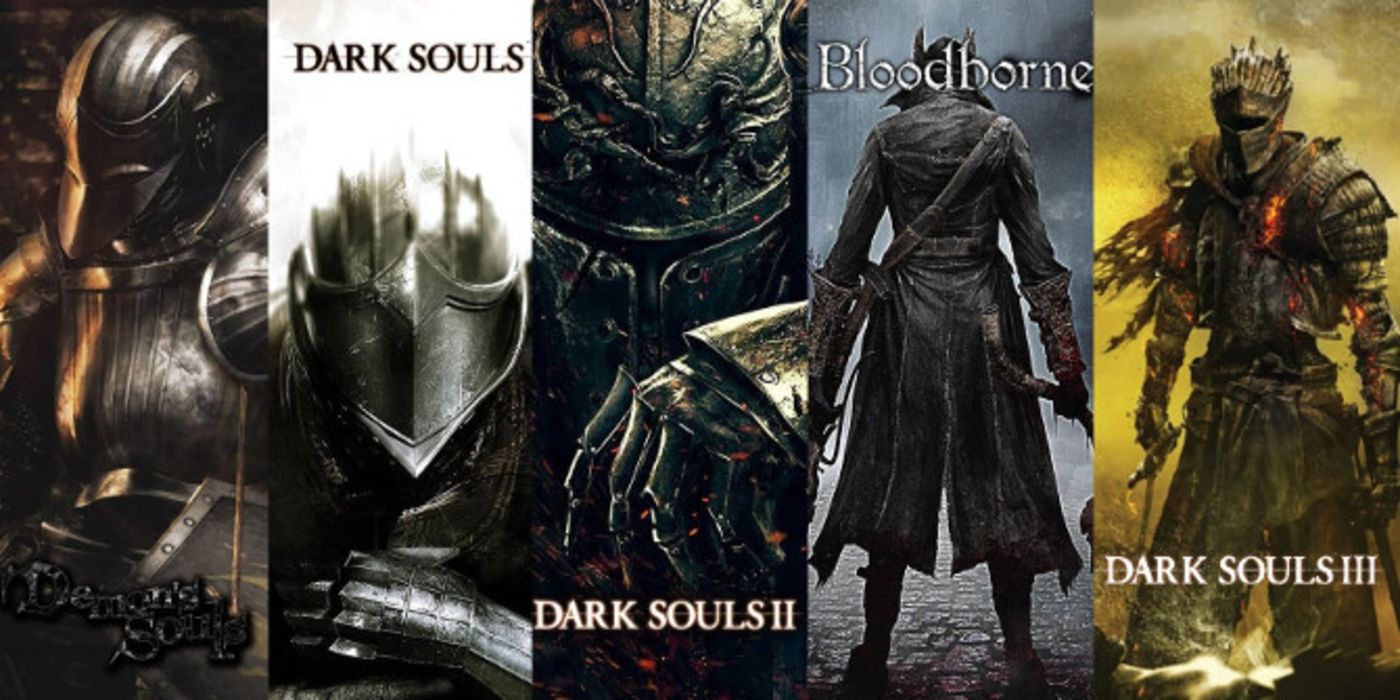
Upon release, many gamers thought Sekiro: Shadows Die Twice was one of the most difficult games ever made, even more so than From Software's other notoriously challenging titles. As time has gone on, though, opinions on the game's difficulty have changed and it is now generally thought of as being on the same level as Dark Souls and Bloodborne.
Part of this was because the game's mechanics were similar in some ways but wildly different in other ways. For example, the healing system and parry mechanics are just about the same as in other Soulsborne games, but the game has almost rhythmic combat and deadly precise timings to constantly learn as well.
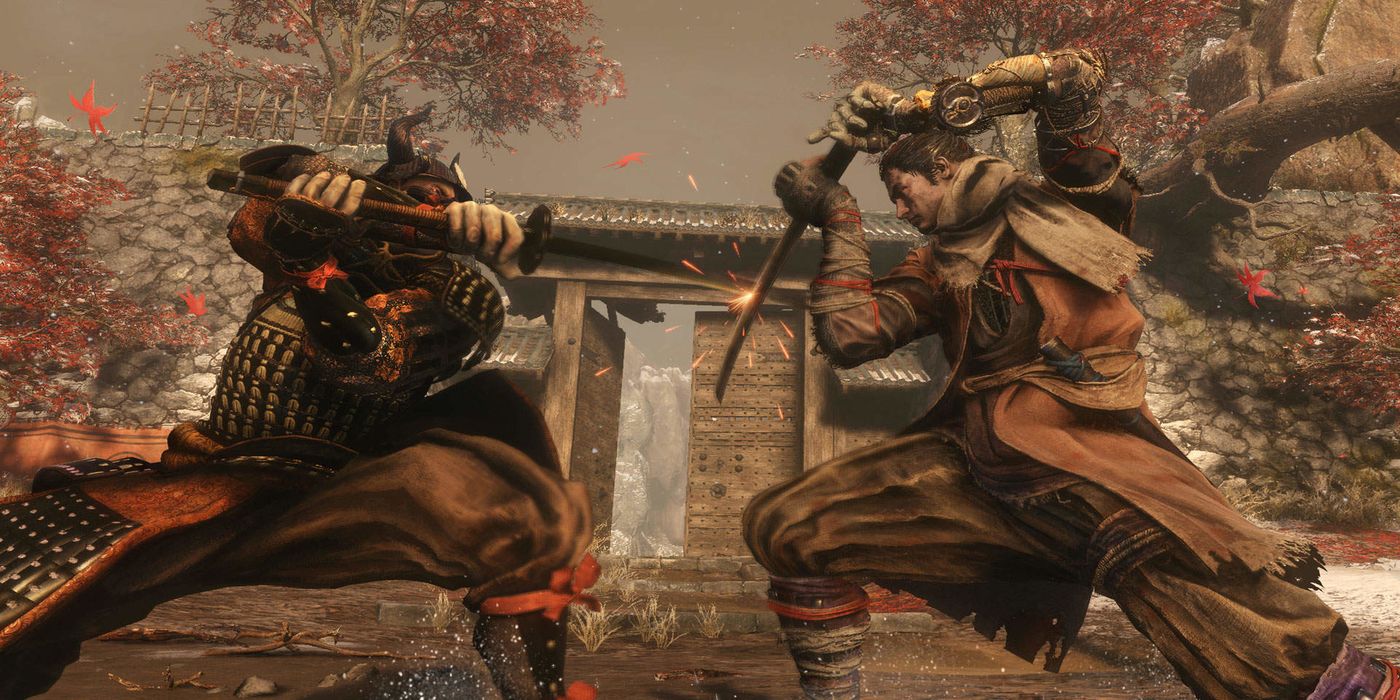
The gameplay mechanics of Dark Souls and Bloodborne are, for the most part, the same. Both games feature dodge-rolling with invincibility frames (meaning one can roll literally through a boss's attack and take no damage) as well as a focus on exploration to find and upgrade new equipment throughout the adventure.
RELATED: Sekiro: 10 Things You Need To Know About The Gauntlet Of Strength
Sekiro: Shadows Die Twice, on the other hand, has no dodge-roll invincibility frames, the player uses the same sword and armor throughout the entire game, and poke-hide strategies so prevalent in the Dark Souls series do not work nearly as effectively. Plus, just about every enemy requires the player to have near-instantaneous reactions for parries and effective combat.
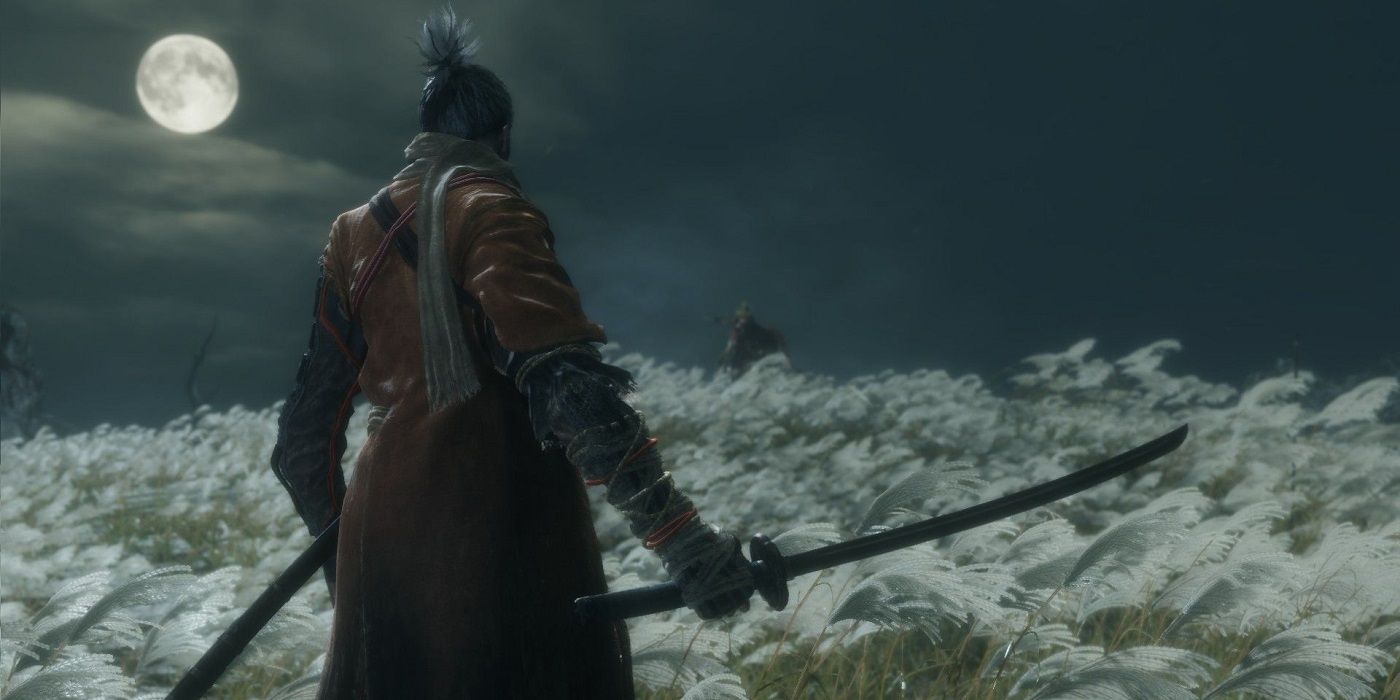
Dying in Bloodborne and every game in the Dark Souls series has immediate consequences that can eventually be reversed with a little bit of effort and the right items. However, when the One-Armed Wolf dies in Sekiro: Shadows Die Twice, the consequences are nearly permanent, if not immediately apparent.
While the player will drop half of their collected Sen upon death, they also have a chance to respawn with a Rot Essence at the Sculptor's Idol. The Rot Essence is inscribed with an NPC's name, and they become sick and unable to progress the story. With enough death, every NPC is afflicted with Dragonrot, a disease caused by the One-Armed Wolf's constant theft of life when he resurrects both on the battlefield and back at the Sculptor's Idol. It's not permanent, but curing it is quite a tribulation.
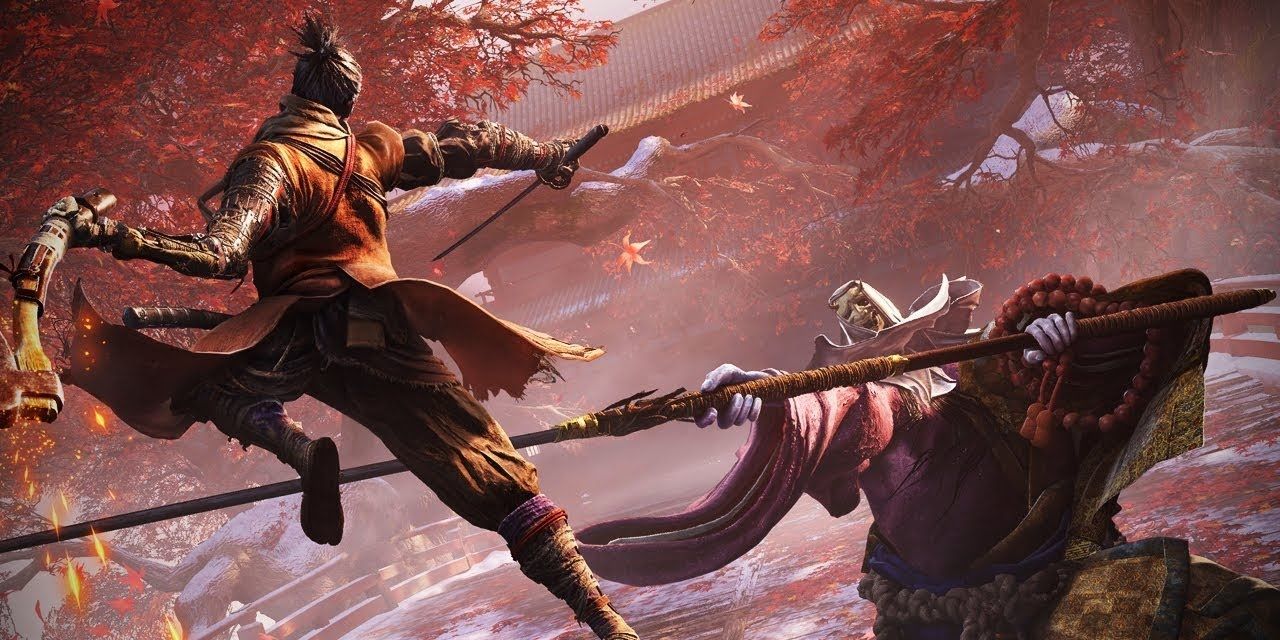
Whereas the Dark Souls series and Bloodborne feature a huge variety of weapons, armor, and builds that combine the benefits of found gear, Sekiro: Shadows Die Twice features no such system. For the entire game, the player will use the same sword in combat, with the same level of armor. Instead, the player can level up their resistances and defense with Prayer Beads.
However, while there is only one weapon to use in the entire game, the player eventually learns how to wield a variety of other tools available to the shinobi. The grappling hook is perhaps the most used, but the Prosthetic enhancements, Gourd, and other items found in the game do the job of providing the variety that having a large number of armor and weapon choices does. You won't be able to customize the One-Armed Wolf's appearance much, but that's OK because he already looks pretty B.A. in the default game.
NEXT: Sekiro DLC: 10 New Things To Check Out After The Update

